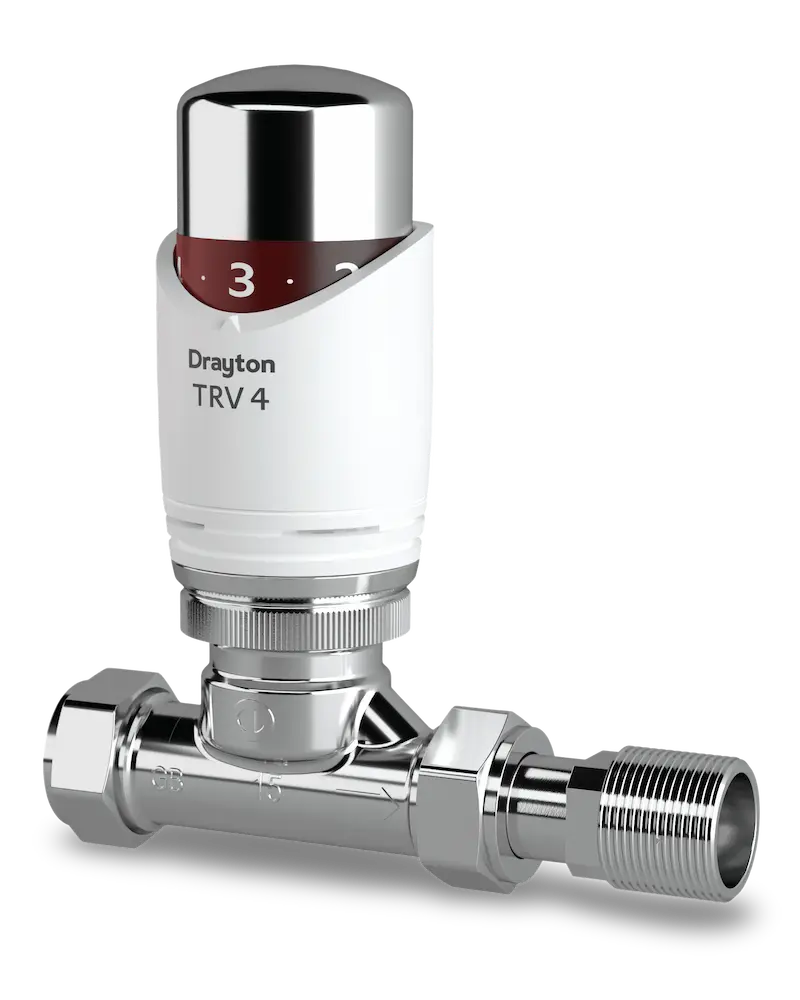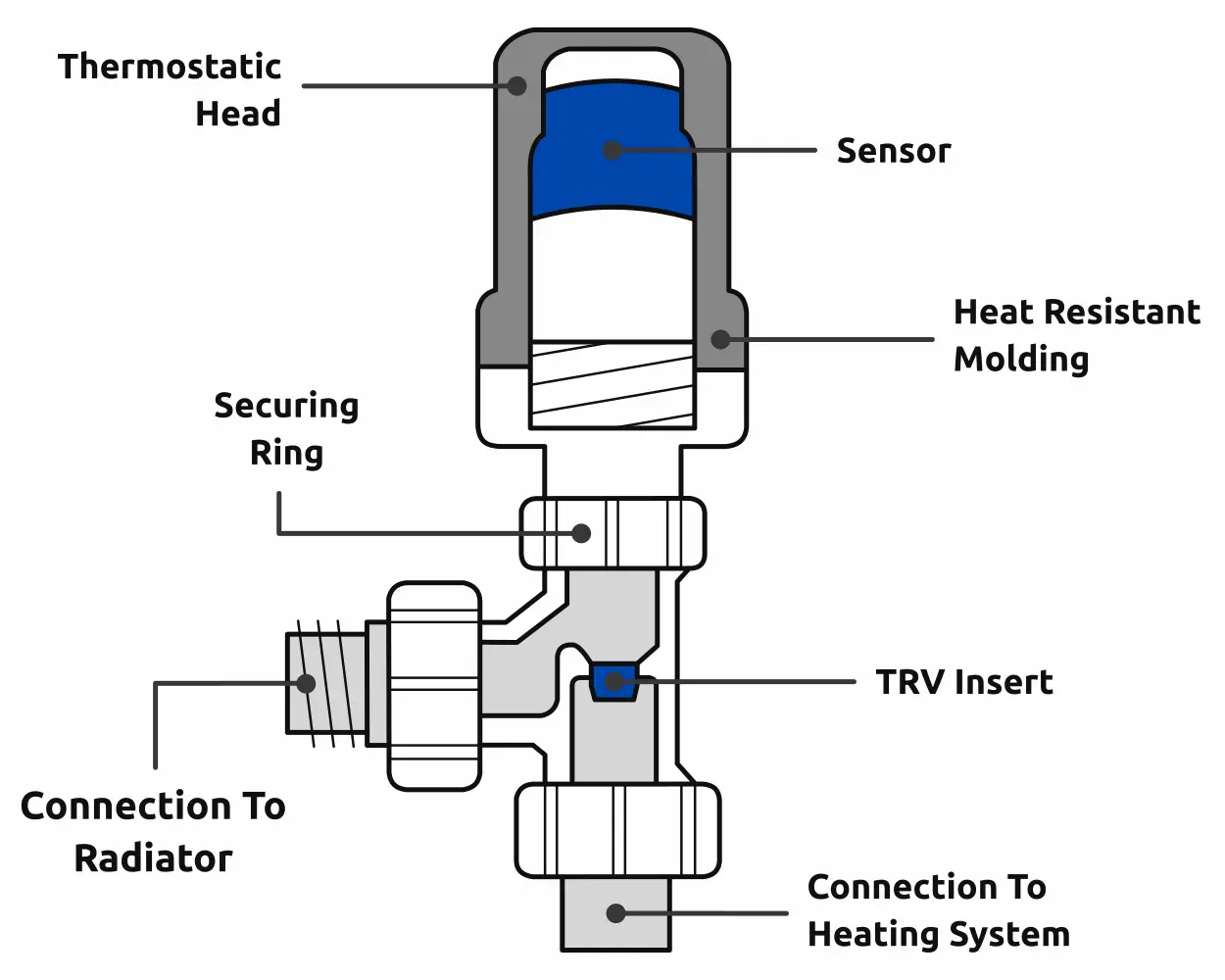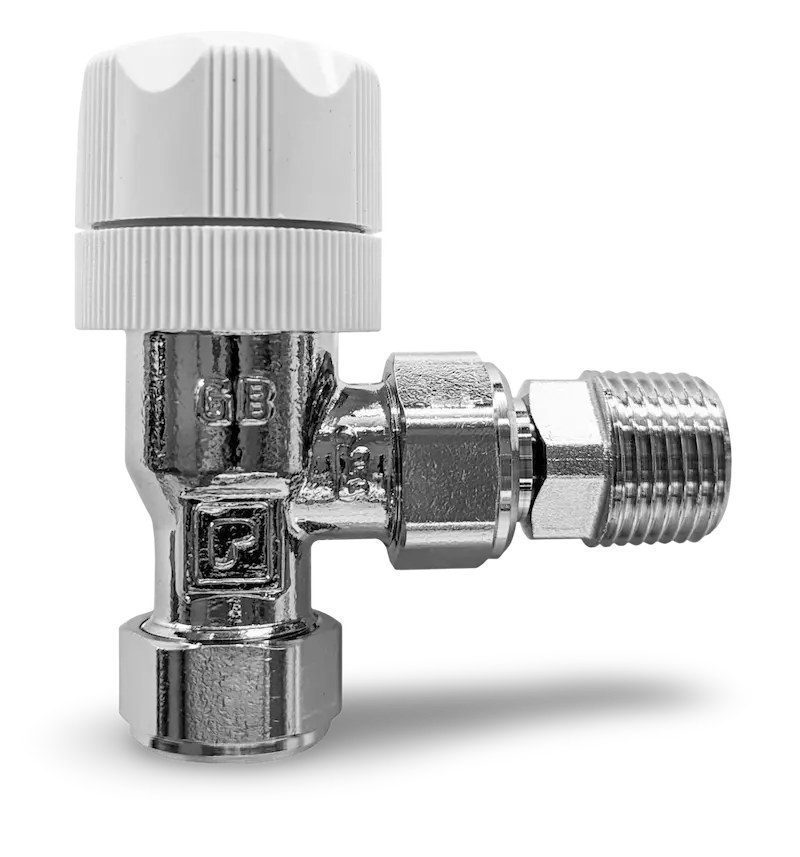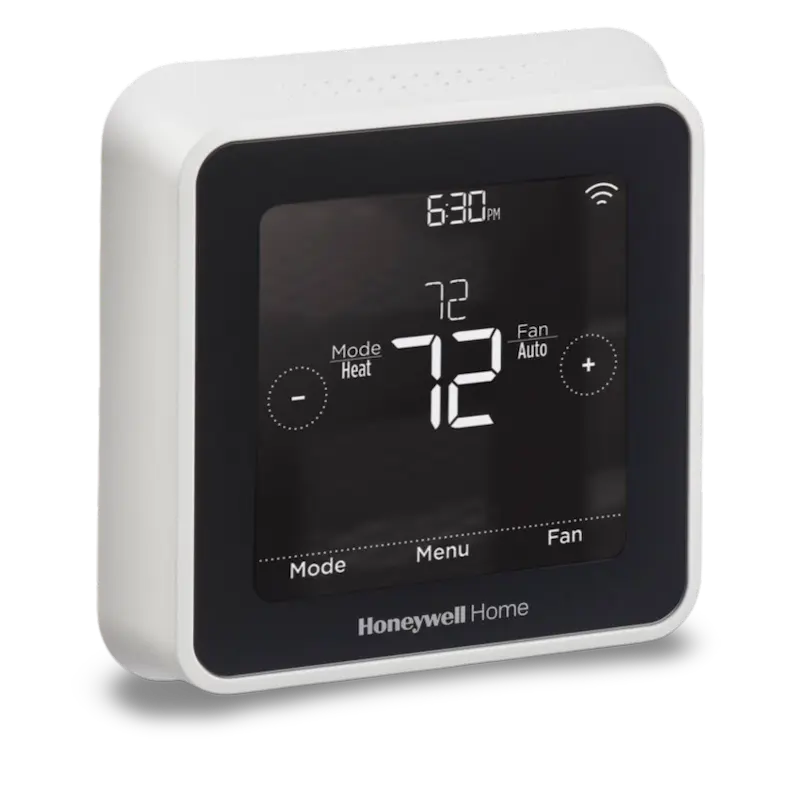- Home
- Products
- Heating & Hot Water
- Heating Valves & Controls
TAKE CONTROL OF COMFORT
Heating Valves & Controls
When it comes to keeping your home warm and your energy bills in check, heating valves and controls do far more than you'd think. Often overlooked, they're the unsung heroes of your central heating setup, quietly working behind the scenes to ensure heat is delivered when and where you need it, without wasting energy.
From simple manual valves to advanced smart thermostats, the right controls can make a real difference to your comfort and running costs. Whether you're managing a compact flat or a larger family home, a well-chosen heating control system allows you to fine-tune temperatures room by room, day by day.
In this guide, we'll walk you through the different types of heating valves and controls, how they work and how to choose the best options for your home. We'll also touch on energy-saving tips and trusted brands we stock at our branches. Because staying warm shouldn't mean burning through money. With the right setup, it doesn't have to.
Types of Heating Valves & Controls
Heating valves and controls play a vital role in how your system distributes warmth and responds to your needs. From traditional radiator valves to cutting-edge smart thermostats, each type offers its own level of comfort, control and efficiency.
Thermostatic Radiator Valves (TRVs)
TRVs are one of the simplest and most cost-effective ways to control the heat in individual rooms. By adjusting the flow of hot water to each radiator based on the room's temperature, they help prevent overheating and unnecessary energy use without touching your main thermostat.

It's a bit like having a clever little doorman on every radiator, letting heat in or keeping it out depending on how cosy the room already feels.

- Control heat room by room
- Save energy by turning down unused spaces
- Easy to use and fit, with no wiring required
- Widely compatible with existing systems
- Budget-friendly way to improve efficiency
- Not suitable for rooms with the main thermostat, as the two can work against each other
- Temperature settings are approximate, not precise
- Won't replace a central heating programmer or smart thermostat
- May be affected by nearby heat sources like lamps or direct sunlight
Most TRVs have a numbered dial, usually from 0 to 5, each roughly matching a temperature range:
- 1 = 10°C
- 2 = 15°C
- 3 = 20°C
- 4 = 25°C
- 5 = 30°C
So you might have the lounge set to 3 or 4, the oven-warmed kitchen at 2, and the unused spare room on 1. Just twist the dial in each room and let the valve handle the rest.
Manual Radiator Valves
Manual radiator valves are the most traditional type of radiator control. They're simple, sturdy and easy to operate. Just turn the valve by hand to control the flow of hot water into the radiator.
You won't find any sensors or automatic adjustments here. What you set is what you get. While they lack the clever energy-saving features of modern controls, they still have their place, especially in systems where simplicity or a classic look is preferred.

- Very easy to use
- Low cost and widely available
- Reliable with fewer moving parts
- Ideal for traditional-style radiators or period properties
- No automatic temperature control
- Can easily lead to overheating or wasted energy if left fully open
- Less efficient than thermostatic or smart alternatives
- Requires manual adjustment in each room
Room Thermostats & Programmers
Room thermostats and programmers are the backbone of most central heating systems in UK homes. They provide a straightforward way to manage when your heating comes on and how warm your home gets, helping to balance comfort and energy use.
While many newer systems are moving towards smart controls, traditional thermostats and programmers are still widely used and more than capable in everyday setups.

A programmer or timer lets you set specific times for your heating and hot water to run. Some are built into the boiler, while others are wall-mounted units with simple display screens and buttons.
Together, these controls help ensure you only heat your home when it's needed.
- Easy to use and familiar to most households
- Helps avoid unnecessary heating when no one is home
- Allows for separate control of heating and hot water
- Works with most conventional and combi boiler systems
- Less precise than smart systems
- Limited flexibility once a schedule is set
- Often placed in a single room, which can affect overall control
- Requires manual changes for lifestyle or routine adjustments
Smart Thermostats
Smart thermostats take heating control to the next level, allowing you to manage your system remotely through a smartphone app, tablet or even voice control. They learn your habits, track the weather and give you full visibility over your heating use, all with the aim of improving comfort and reducing energy bills.
They're especially popular with those looking to modernise their system, lower running costs or qualify for government efficiency schemes.

Some models include clever extras like geofencing (which adjusts heating based on your location), open-window detection or integration with other smart home devices.
In some systems, you can also add smart radiator valves, which give room-by-room control. This means you can have the lounge warm for the evening while keeping the bedrooms cooler until bedtime.
- Full control from your phone, wherever you are
- Helps save energy by heating only what you need
- Allows for custom schedules and zoning
- Can be paired with smart radiator valves for even finer control
- More expensive than traditional controls
- Requires Wi-Fi and a smartphone to get full benefit
- Some systems need professional installation
- Not all boilers are compatible without adapters
Brands We Stock
At Thames Valley Plumbing Supplies, we pride ourselves on offering a carefully selected range of trusted brands known for quality and reliability. Whether you're looking for everyday radiator valves, advanced smart thermostats or specialised underfloor heating controls, our suppliers provide products that meet the highest standards demanded by both installers and homeowners.





Energy Efficiency & Savings
Good heating valves and controls can make a real difference to your energy bills and overall comfort. By allowing you to fine-tune the temperature in each room, they prevent wasted heat and ensure your boiler only works when it's needed.
Upgrading to thermostatic radiator valves or smart thermostats often leads to noticeable savings, especially in larger homes or properties with multiple rooms. These controls adapt heating based on actual use and conditions, so you're not paying to warm empty spaces.
